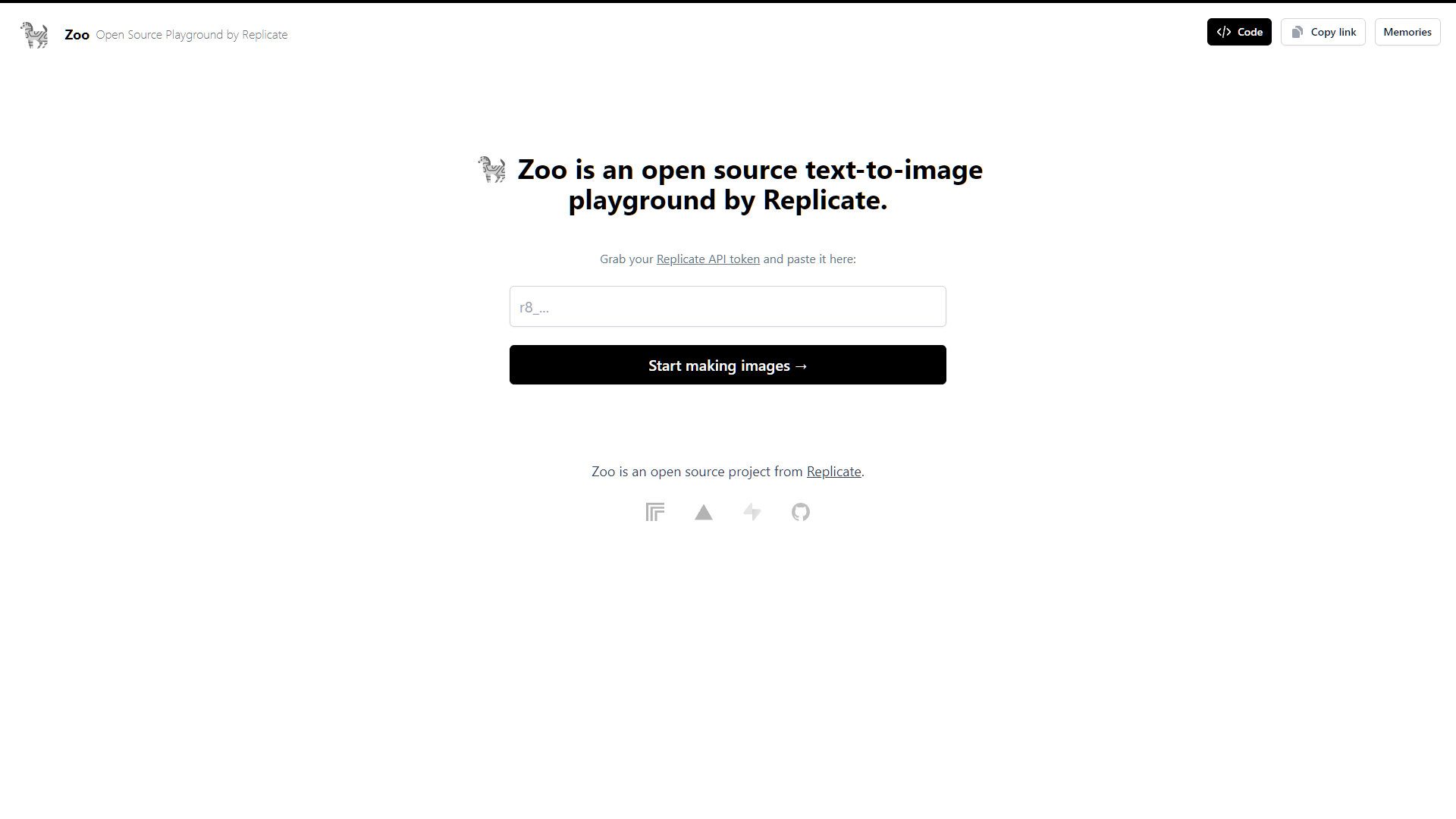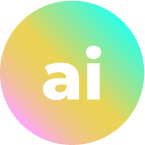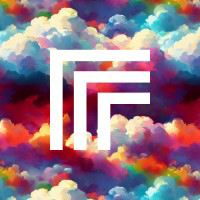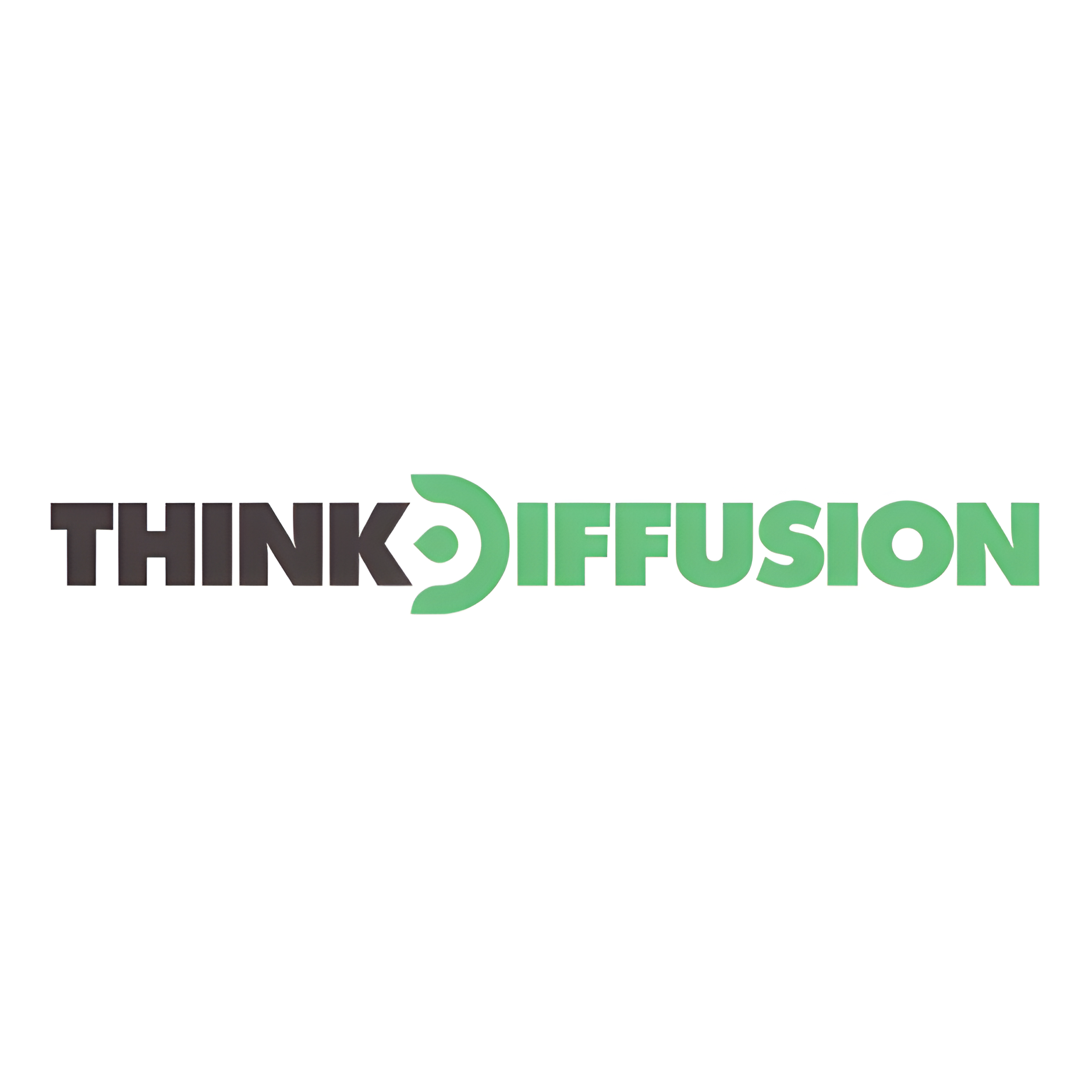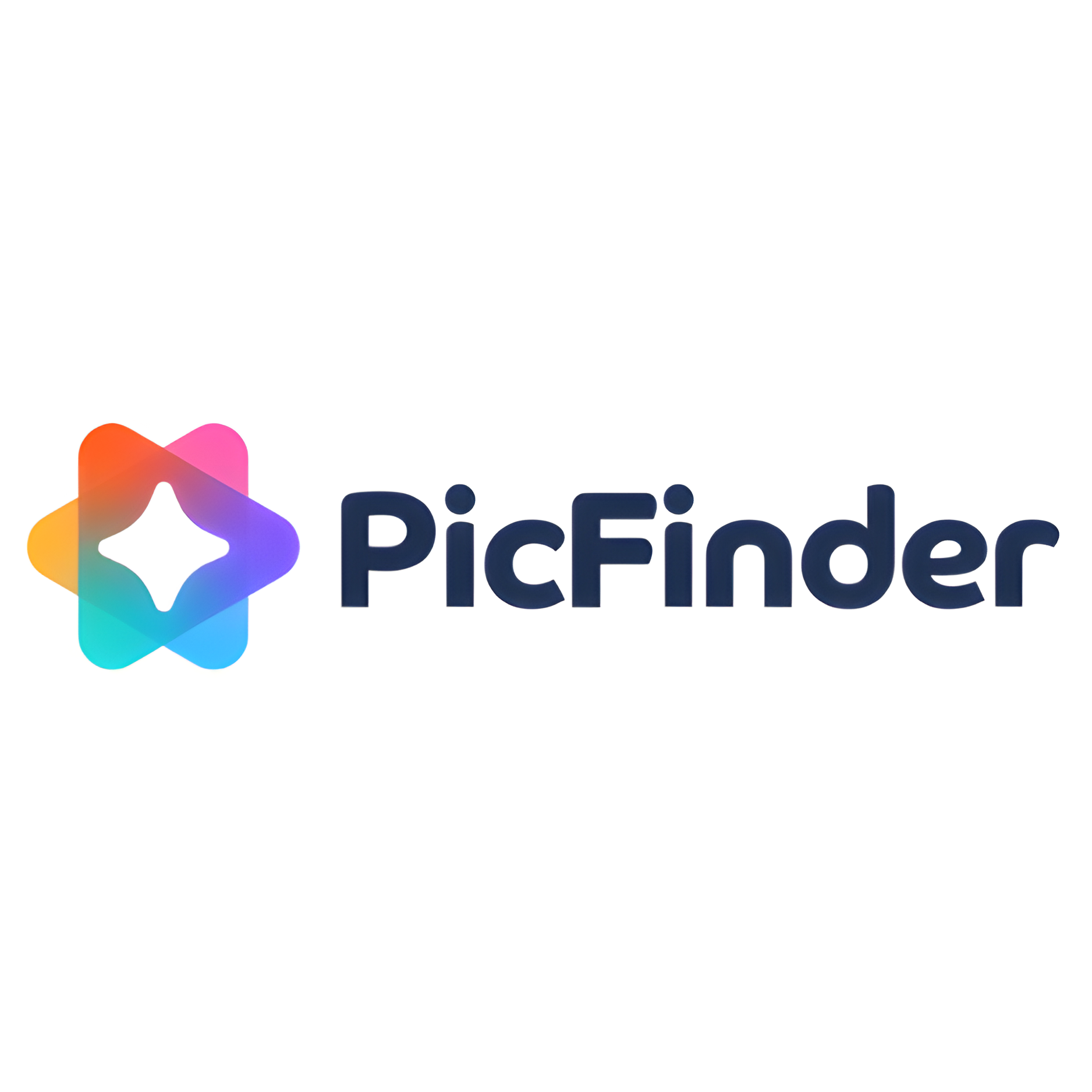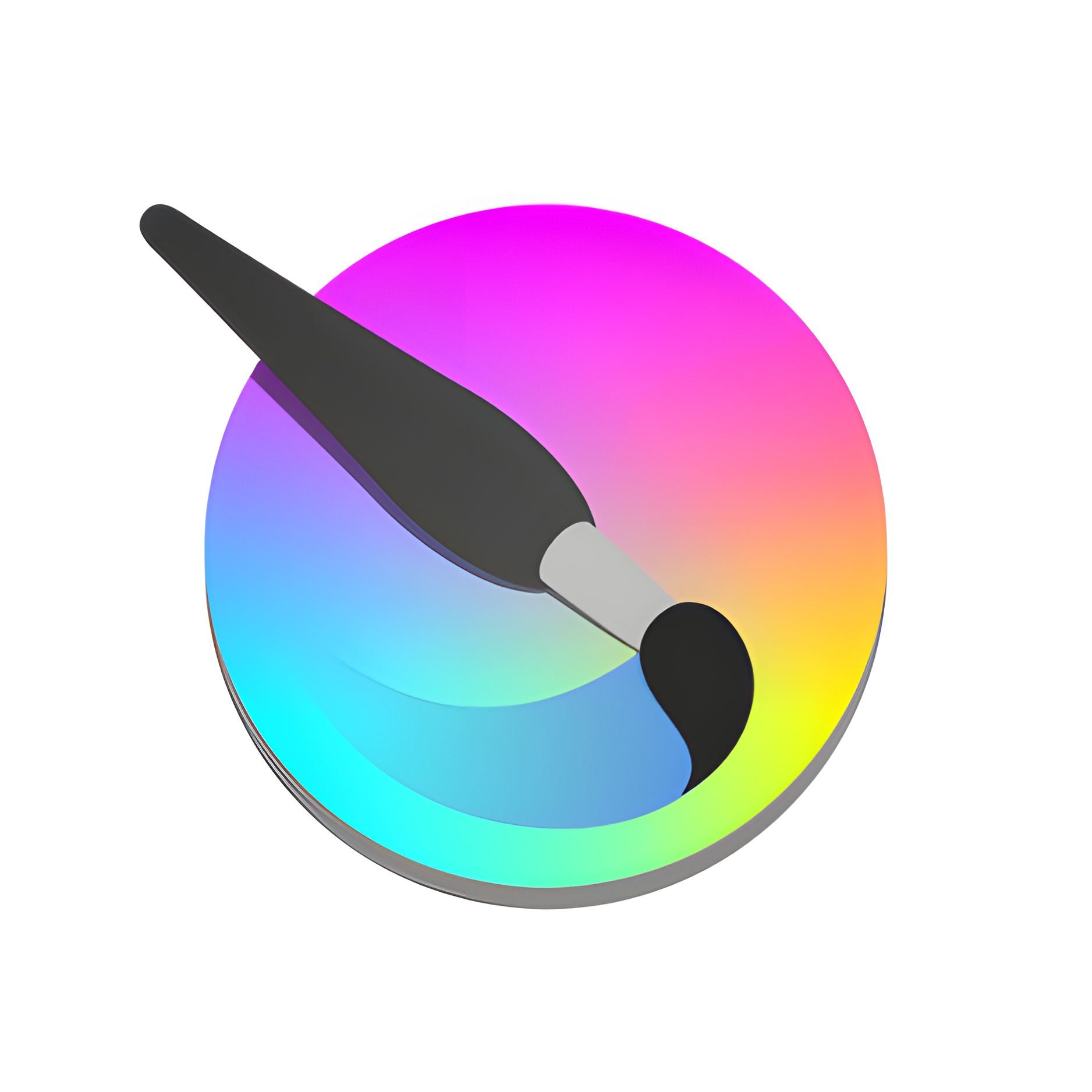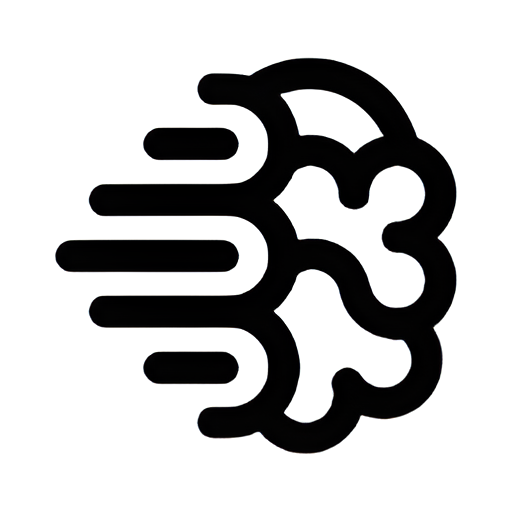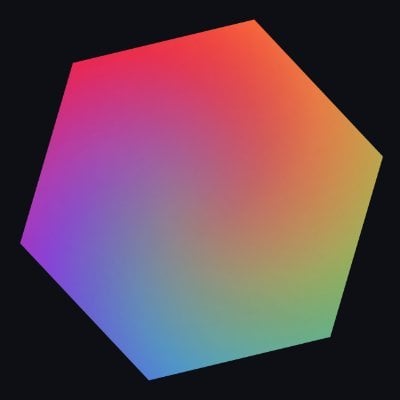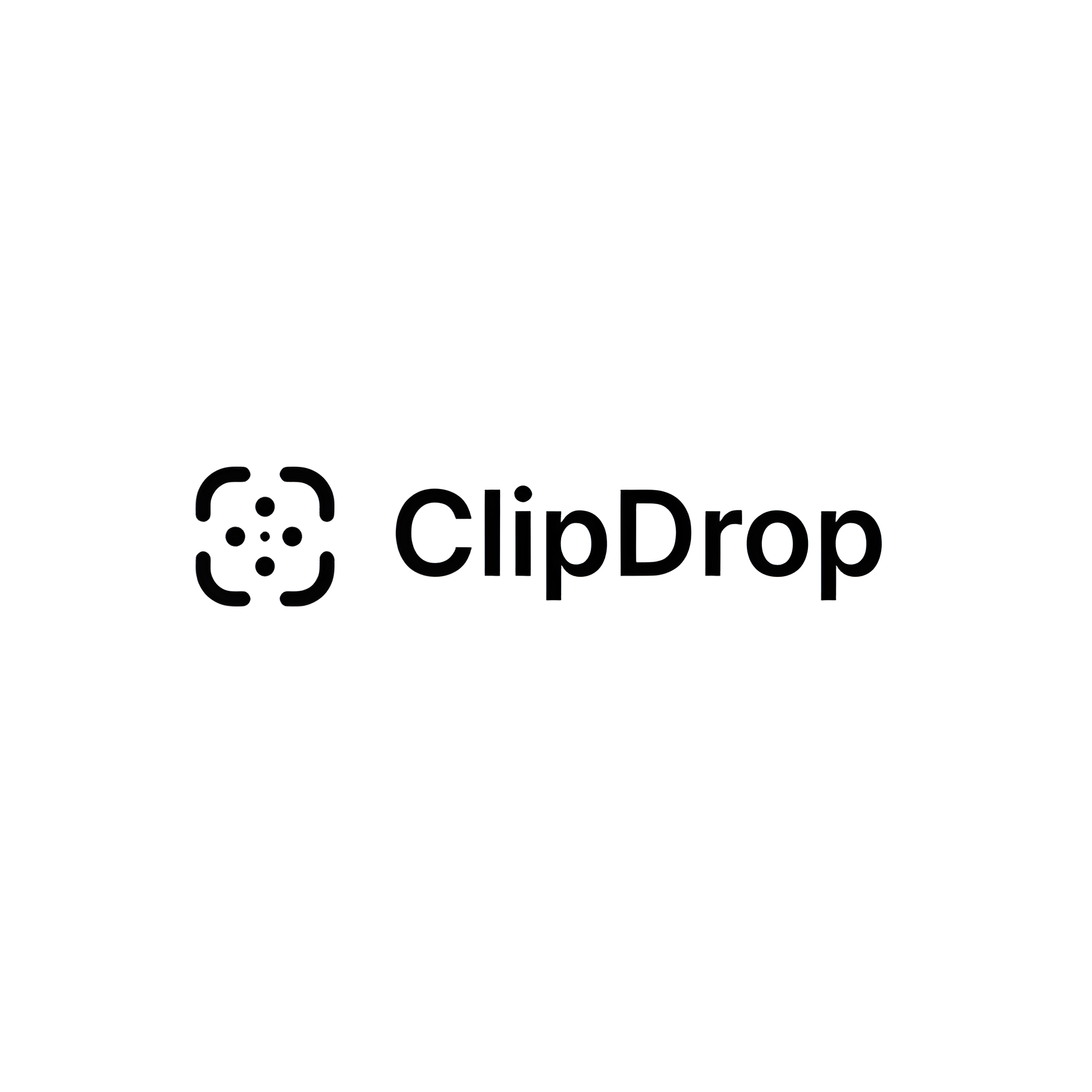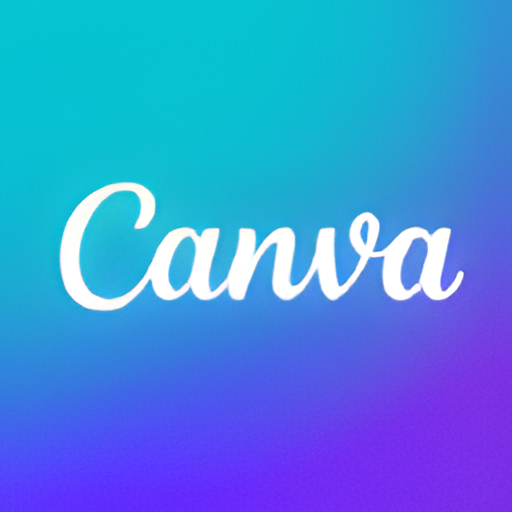Overview
Zoo AI is an innovative text-to-image playground developed by Replicate, designed to transform textual descriptions into vivid images through the power of artificial intelligence. As an open-source platform, Zoo AI invites developers and creatives alike to explore the possibilities of AI-driven image generation. Users can easily start creating by obtaining a Replicate API token, which integrates seamlessly with the tool.
Hosted on GitHub, Zoo AI is built on a robust framework that includes Vercel for frontend deployment, a PostgreSQL database for managing data, and Supabase for efficient file storage solutions. This combination of technologies ensures a smooth and scalable user experience, whether for casual exploration or more intensive creative projects.
Zoo AI stands out by offering a user-friendly interface where anyone can input text and watch as AI algorithms generate corresponding images. This platform not only serves as a creative outlet but also as a practical tool for understanding and leveraging the capabilities of advanced machine learning models in visual content creation. By providing access to its source code, Zoo AI encourages collaboration and innovation, allowing the community to contribute to and expand its features. Whether you're a developer, artist, or simply curious about AI, Zoo AI offers a unique space to experiment with the future of digital creativity.
Key features
- Text-to-image generation: Users can create detailed images simply by entering descriptive text, leveraging advanced AI models provided by Replicate.
- Open-source collaboration: Hosted on GitHub, Zoo encourages developers to contribute to its evolution, enhancing functionality and community engagement.
- Integration with Vercel: Ensures fast deployment and optimal performance of the Zoo application, providing a seamless user experience.
- Utilizes PostgreSQL: Employs a robust PostgreSQL database to manage and store user inputs and image data efficiently and securely.
- Supabase file storage: Uses Supabase for secure and scalable cloud storage, ensuring users' generated images are safely managed.
- Accessible API usage: Users can easily integrate with Replicate's API using their tokens, facilitating a straightforward process for image generation.
 Pros
Pros
- Responsive design: The Zoo platform is optimized for various devices, ensuring a consistent and efficient user experience whether on desktop, tablet, or mobile.
- Real-time updates: Zoo features real-time updates, allowing users to see changes and enhancements immediately without needing to refresh or reinstall the application.
- User-friendly interface: Designed with simplicity in mind, Zoo's interface is intuitive, making it easy for users of all skill levels to navigate and use the platform effectively.
- Community support forums: Zoo provides access to community-driven support forums where users can exchange ideas, solve problems, and share best practices related to their projects.
- Advanced analytics tools: Zoo includes built-in analytics tools that help users track usage patterns, performance metrics, and other important data to optimize their interactions.
 Cons
Cons
- Complex setup process: Setting up the integration between Zoo, Replicate, and Vercel can be intricate and time-consuming for users unfamiliar with these platforms.
- Dependency on GitHub: Relying heavily on GitHub for collaboration might exclude contributors who prefer other version control systems.
- Specific hardware requirements: The advanced AI models used for text-to-image generation may require users to have high-performance computing resources.
- Limited API customization: While the API integration is straightforward, it may offer limited customization options for more advanced users or specific use cases.
- Database scalability concerns: While PostgreSQL is robust, handling extremely large datasets or very high traffic might require additional optimization or resources.


